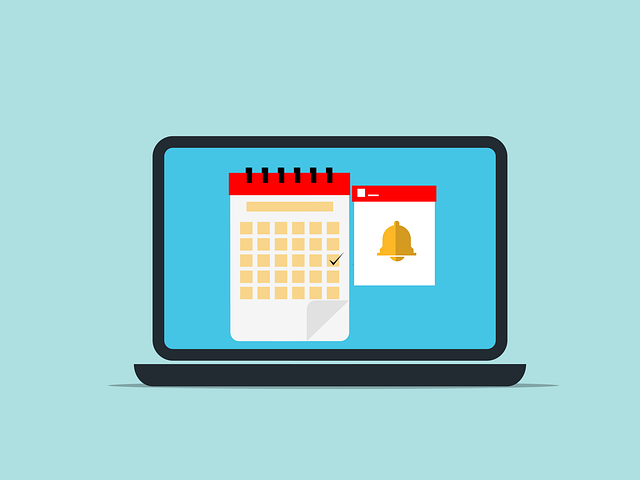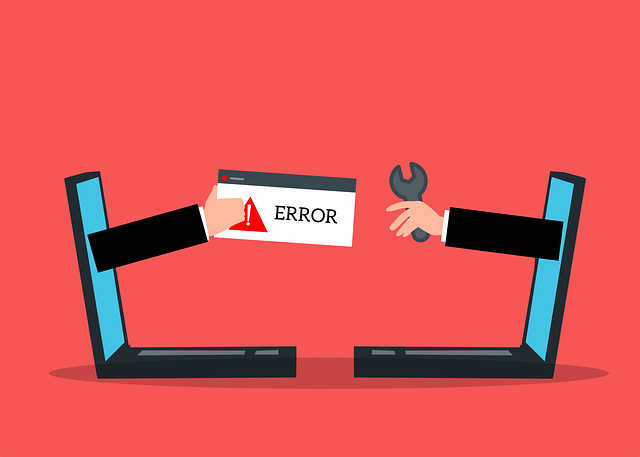Patient no-shows in healthcare settings lead to inefficient resource allocation, administrative costs, and potential delays in treatment. An effective solution is implementing an appointment alert system using technology like SMS, email, or phone calls to send timely reminders. These systems improve patient attendance, boost access to care, streamline delivery, and enhance overall medical care by ensuring patients receive personalized notifications to prioritize their appointments. A well-designed interface allows users to manage preferences and set recurring alerts, while measuring success through tracking attendance rates enables providers to optimize the system and reduce no-show rates.
Patient no-shows are a significant challenge in healthcare, impacting resources and patient care. To combat this, technology-driven appointment reminders have emerged as an effective solution. This article explores how SMS, email, and voice calls can reduce no-shows and enhance attendance rates. We delve into the design and implementation of an appointment alert system, focusing on user experience and measuring success through tracking attendance data. By leveraging these strategies, healthcare providers can optimize appointment management and improve overall efficiency.
- Understanding the Impact of Patient No-Shows
- The Role of Technology in Appointment Reminders
- SMS, Email, and Call Alerts: Effective Strategies
- Designing an Appointment Alert System
- Implementation and User Experience
- Measuring Success: Tracking Attendance Rates
Understanding the Impact of Patient No-Shows

Patient no-shows are a significant challenge in healthcare settings, leading to inefficient resource utilization and potential negative impacts on patient care. No-shows result in cancelled appointments, leaving healthcare providers with reduced time slots for other patients, higher administrative costs, and potential delays in essential treatments or diagnoses. This issue is particularly acute in primary care settings where patients often have longer waiting times and more complex needs.
An effective appointment alert system using technology such as SMS, email, or phone calls can significantly reduce no-shows and boost medical attendance rates. By implementing healthcare scheduling reminders, these systems ensure that patients receive timely notifications, increasing their likelihood of attending appointments. No-show prevention tools like automated reminders have been proven to improve patient engagement and healthcare access, ultimately streamlining healthcare delivery and enhancing overall medical attendance boost.
The Role of Technology in Appointment Reminders

Technology plays a pivotal role in enhancing patient engagement and reducing no-shows through effective appointment alert systems. Automated SMS, email, or call reminders have proven to be game-changers in healthcare settings, addressing one of the most common challenges—patient non-attendance. These digital tools serve as powerful no-show prevention mechanisms, ensuring patients remain informed about their scheduled appointments.
An advanced clinic reminder automation system can significantly improve patient adherence by providing timely notifications, allowing individuals to manage their schedules efficiently. Whether it’s a simple SMS text or a personalized call from a reminder service, these technologies create a sense of accountability and encourage proactive participation in healthcare management. As a result, healthcare providers can optimize resource allocation, reduce costs associated with no-shows, and ultimately improve overall attendance rates.
SMS, Email, and Call Alerts: Effective Strategies

Technology-driven reminders have emerged as a powerful tool to combat patient no-shows and improve overall medical attendance. An efficient appointment alert system integrates SMS, email, and call notifications, ensuring patients receive timely reminders tailored to their preferred communication channels. This multi-channel approach increases engagement and reduces the likelihood of missed appointments.
Implementing clinic reminder automation through these means allows healthcare providers to streamline scheduling processes, enhance patient care, and ultimately achieve a medical attendance boost. Personalized messages can include appointment details, important pre-visit instructions, and even gentle reminders for follow-up visits, fostering better patient engagement and outcomes.
Designing an Appointment Alert System

Designing an effective appointment alert system is a strategic move to combat patient no-shows and boost attendance rates. This system should be multifaceted, leveraging SMS, email, and phone calls as delivery channels. The key lies in personalizing each reminder, ensuring it contains specific details like appointment date, time, location, and the name of the healthcare provider. By providing this information, patients are better equipped to prioritize their appointments.
Additionally, incorporating clinic reminder automation allows for seamless scheduling and follow-up, reducing administrative burdens on clinic staff. These automated tools can send reminders at optimal times, considering individual patient preferences and past behavior. Through such healthcare scheduling reminders, the system fosters a culture of punctuality, improves patient engagement, and ultimately enhances healthcare delivery efficiency.
Implementation and User Experience

The successful implementation of an appointment alert system relies on a seamless user experience to encourage patient engagement and adherence. This innovative technology acts as a powerful no-show prevention tool, offering SMS, email, or call reminders to patients before their scheduled appointments. A well-designed interface ensures that these alerts are not merely intrusive but rather personalized and convenient. Users can easily manage their preferences, opt for the preferred reminder method, and set recurring alerts for routine check-ups or follow-up visits, fostering a sense of control over their healthcare scheduling reminders.
By integrating this system into existing medical practices, healthcare providers can significantly boost medical attendance rates. The interactive nature of the appointment alert system allows patients to acknowledge receipt of the reminders, increasing accountability and reducing the likelihood of no-shows. This technology not only simplifies patient communication but also empowers them to prioritize their health, creating a positive impact on overall medical attendance boost and efficient healthcare delivery.
Measuring Success: Tracking Attendance Rates

Measuring success is a vital component of any effective appointment alert system. By tracking attendance rates, healthcare providers can gauge the efficiency and impact of their chosen no-show prevention tools. This data offers valuable insights into patient behavior and adherence to appointments, allowing for informed adjustments to the reminder call service. Regular analysis of attendance records enables healthcare professionals to identify trends and patterns in no-shows, whether they are sporadic or consistent, and tailor their strategies accordingly.
Healthcare scheduling reminders have the potential to significantly reduce no-show rates when implemented correctly. Successful implementation involves not only sending timely and relevant alerts but also ensuring patient engagement and satisfaction with the reminder system. By combining SMS, email, and call reminders, healthcare providers can capture diverse communication preferences and improve overall attendance, ultimately enhancing patient care and operational efficiency.
